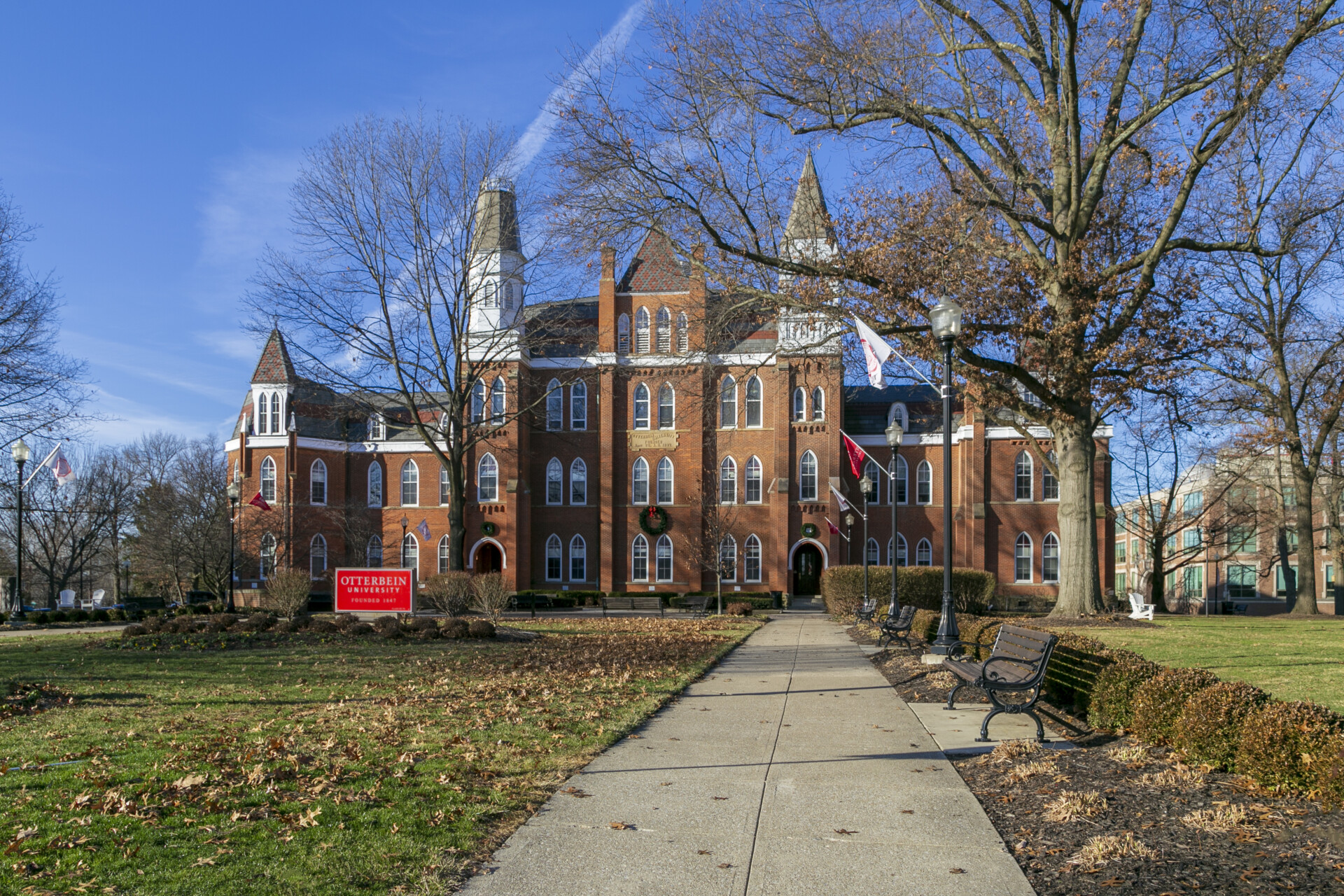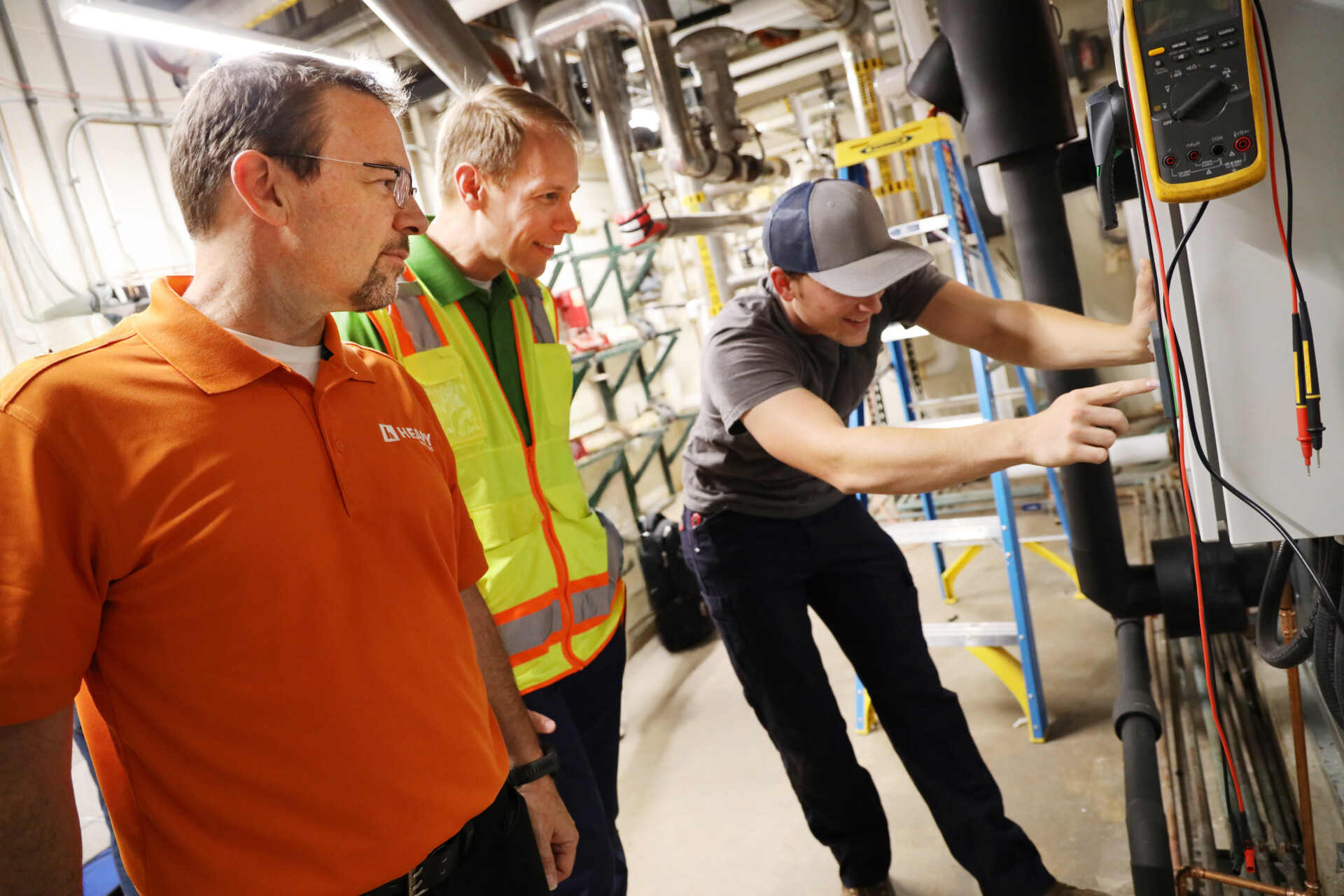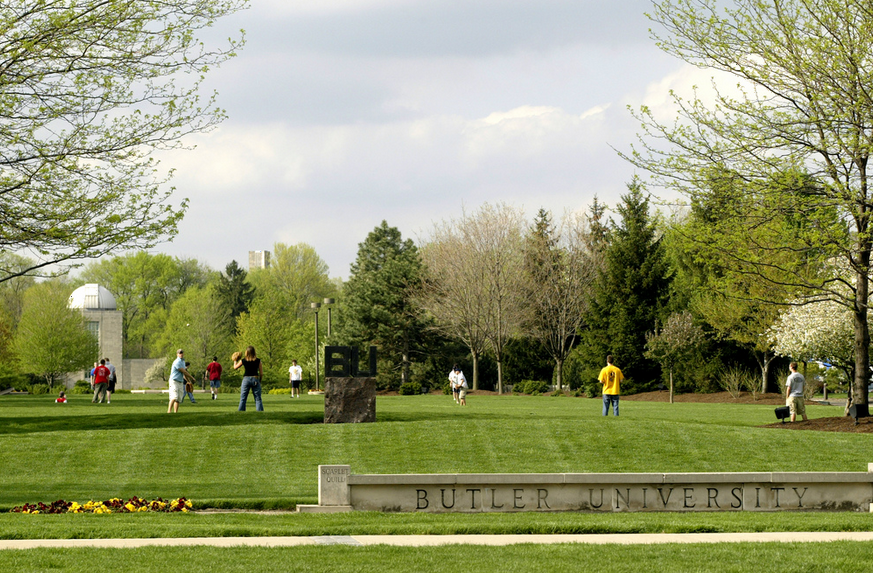Otterbein University Energy & Infrastructure Improvements

Cost $3,000,000
Size Campus-wide
When Otterbein University faced the challenge of rising utility costs threatening their operational budget, they turned to HEAPY for a comprehensive infrastructure solution. The resulting $3 million upgrade project addresses critical campus needs while delivering significant operational and financial benefits, showcasing how an educational institution can take control of its energy management and support its educational mission.
REAL COLLABORATION: Partners in Transformation
At the heart of this innovative project is a comprehensive Building Automation System (BAS) upgrade that replaces outdated technology with current Honeywell and Tridium Niagara N4 technology. This modernization spans ten essential campus buildings, from the Science Center to the Clements Recreation Center, connecting all systems through the secure campus VLAN network at data transmission rates 100 times faster than the legacy serial connections.
The facilities team can now shift from reactive maintenance to a proactive, data-driven approach to campus energy management. Enhanced alarming from central plant boilers and chillers provides detailed diagnostic information, while new campus loop sensors enable automatic adjustment of central pumping to efficiently match actual heating and cooling demands across campus. Variable speed operation of local building pumps further optimizes electricity usage and central plant capacity.
The control system works in concert with strategic retro-commissioning of key buildings and central plant improvements, including installation of a 500KW Caterpillar Tier 4 generator that serves dual purposes: reducing peak demand charges through load shedding and providing critical backup during power interruptions. The generator is specifically designed to enable peak load shedding in coordination with the City of Westerville Electric Division.
Innovative Peak Demand Management
A key feature of this project is HEAPY’s approach to demand charge management. Rather than accepting the traditional paradigm where a single usage spike can set high charges for an entire billing cycle, HEAPY implemented intelligent load management strategies that fundamentally change how the campus consumes electricity.
The project addressed peak demand challenges through multiple innovative approaches:
- Smart Sequencing: The redesigned control system intelligently staggers equipment startup during morning warm-up periods—a time that previously created significant demand spikes as all systems activated simultaneously
- Predictive Controls: Using historical data patterns, the system now identifies potential peak days and automatically adjusts building schedules
- Utility Partnership: HEAPY facilitated Otterbein’s participation in the City of Westerville Electric Department’s demand response program
- Automated Load Shedding: During grid constraints, the system seamlessly transitions selected loads to generator power, reducing campus demand by approximately 500kW
REAL PERFORMANCE: Measurable Results
The impact of these improvements extends far beyond technical enhancements, delivering substantial, quantifiable benefits across multiple areas:
- Energy Cost Reduction: $50,000-$75,000 in annual savings through optimized operations
- New Revenue Stream: $25,000-$50,000 yearly from utility rebates through demand response participation
- Maintenance Efficiency: $30,000-$40,000 annual savings by reducing emergency service calls and overtime
- Resilience Value: $50,000 in quantifiable benefits through improved backup capabilities
- Environmental Impact: 2 million kBtu reduction in annual energy consumption, supporting sustainability goals
REAL INSPIRATION: Beyond Infrastructure
Through thoughtful design, innovative engineering, and collaborative implementation, HEAPY has helped Otterbein University evolve their approach to energy management from reactive to proactive. Facilities staff now have visibility into building performance they never had before, allowing them to address issues before they impact comfort or costs. Students and faculty enjoy a more comfortable, resilient campus, while administrators appreciate the significant financial benefits and sustainability improvements.





